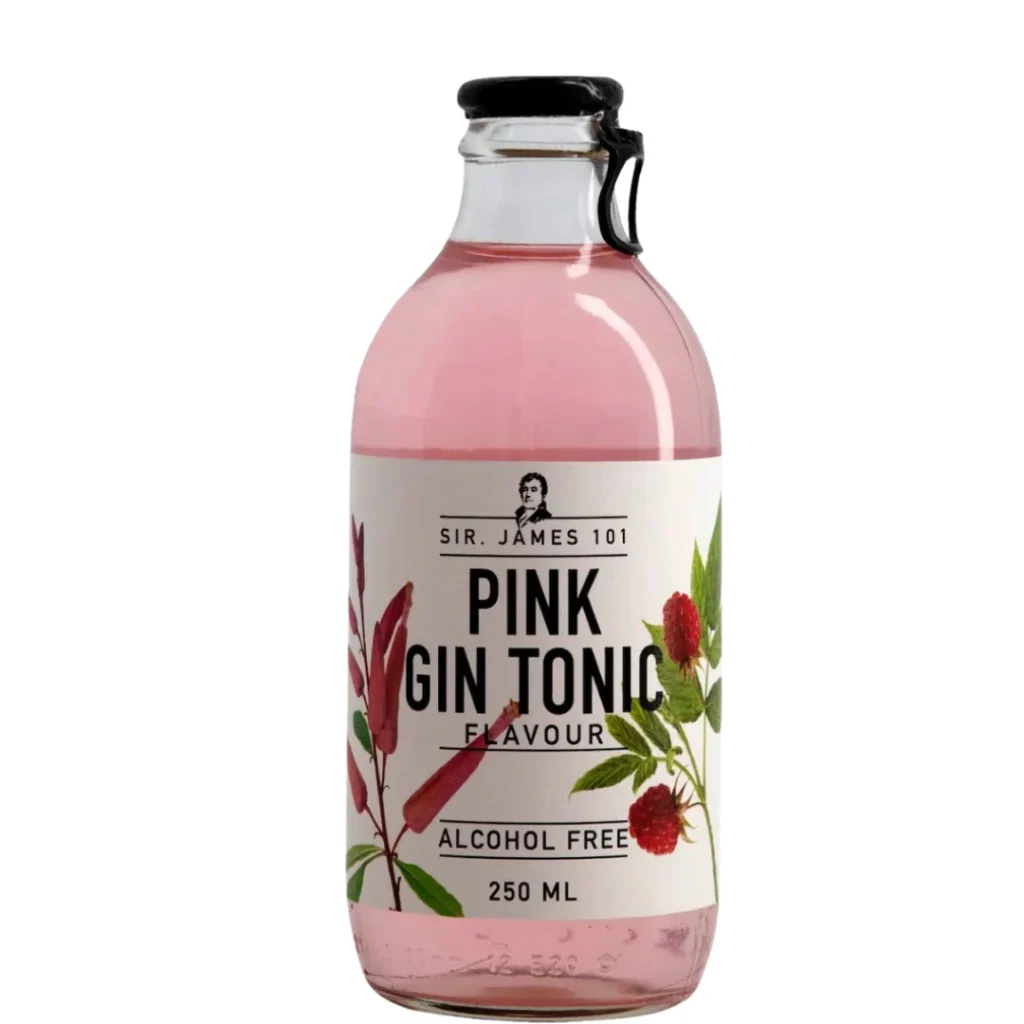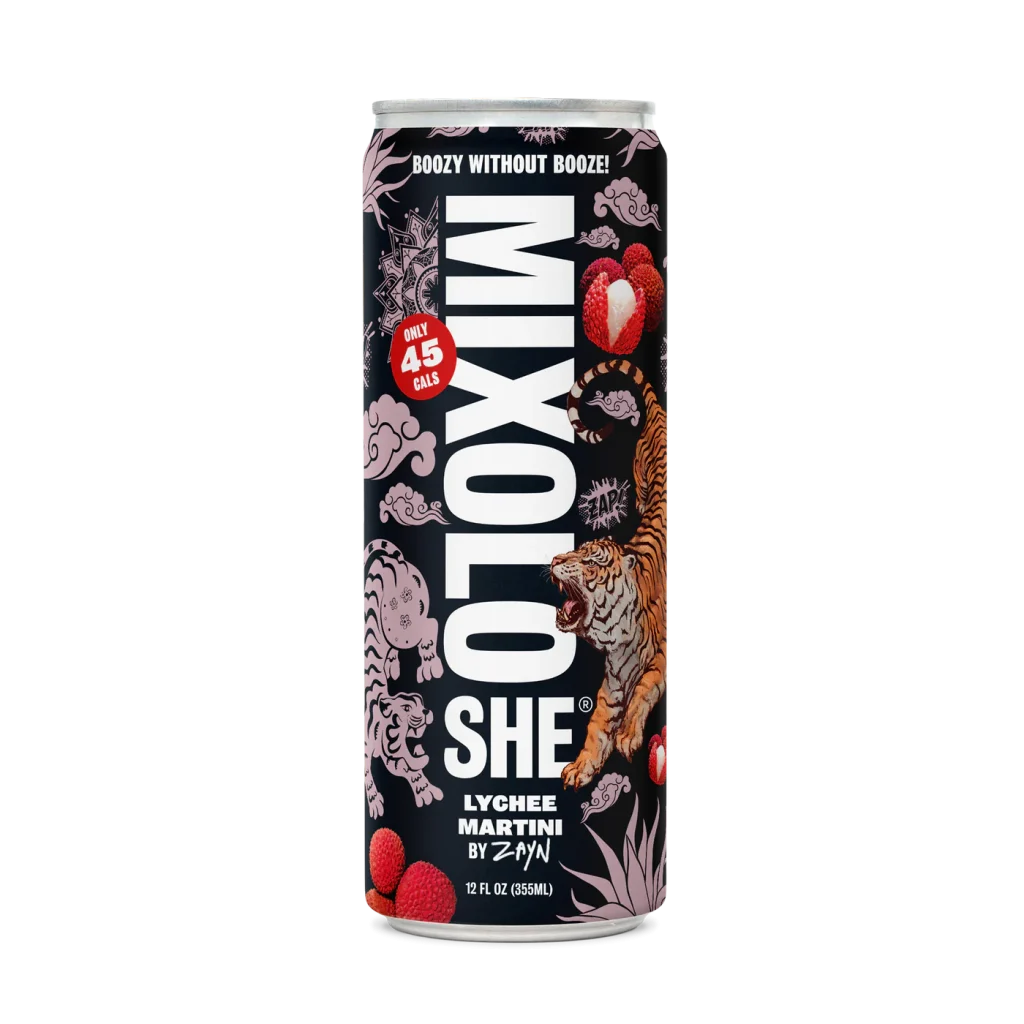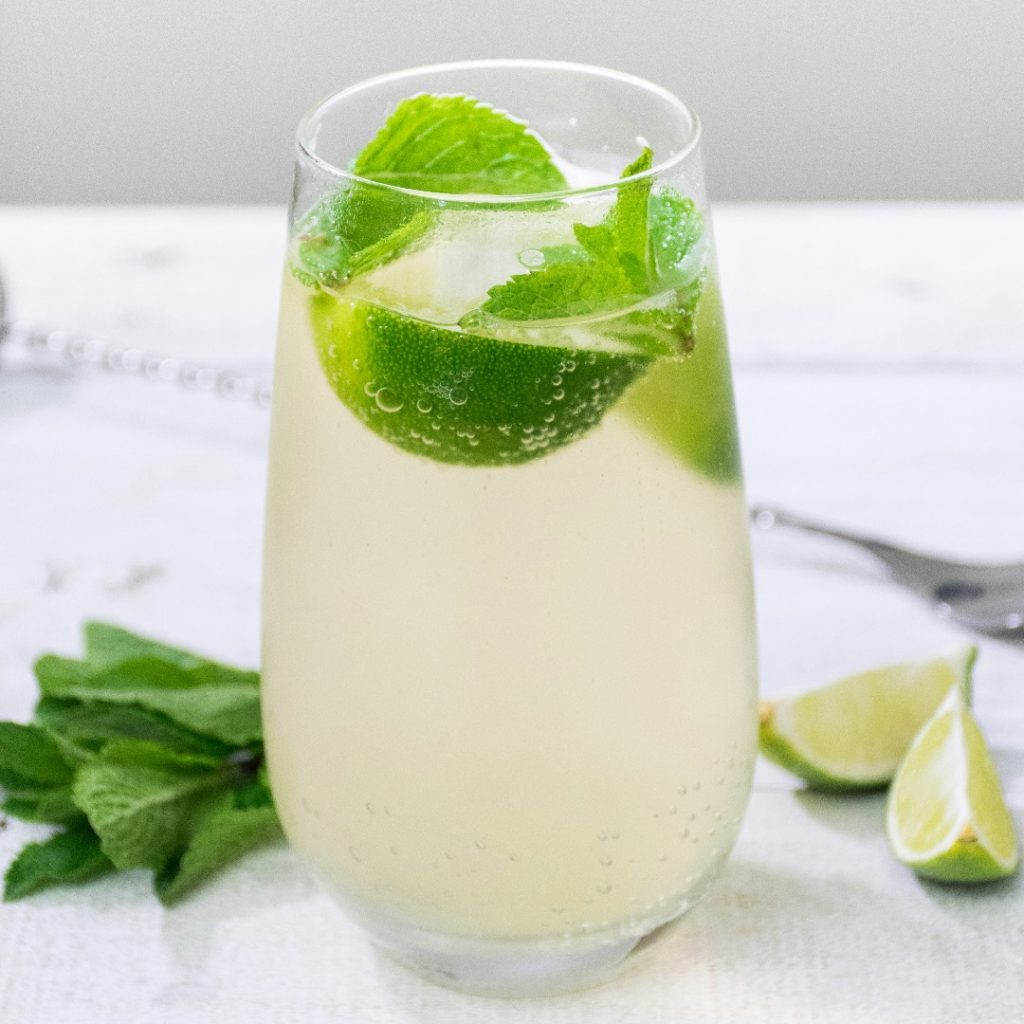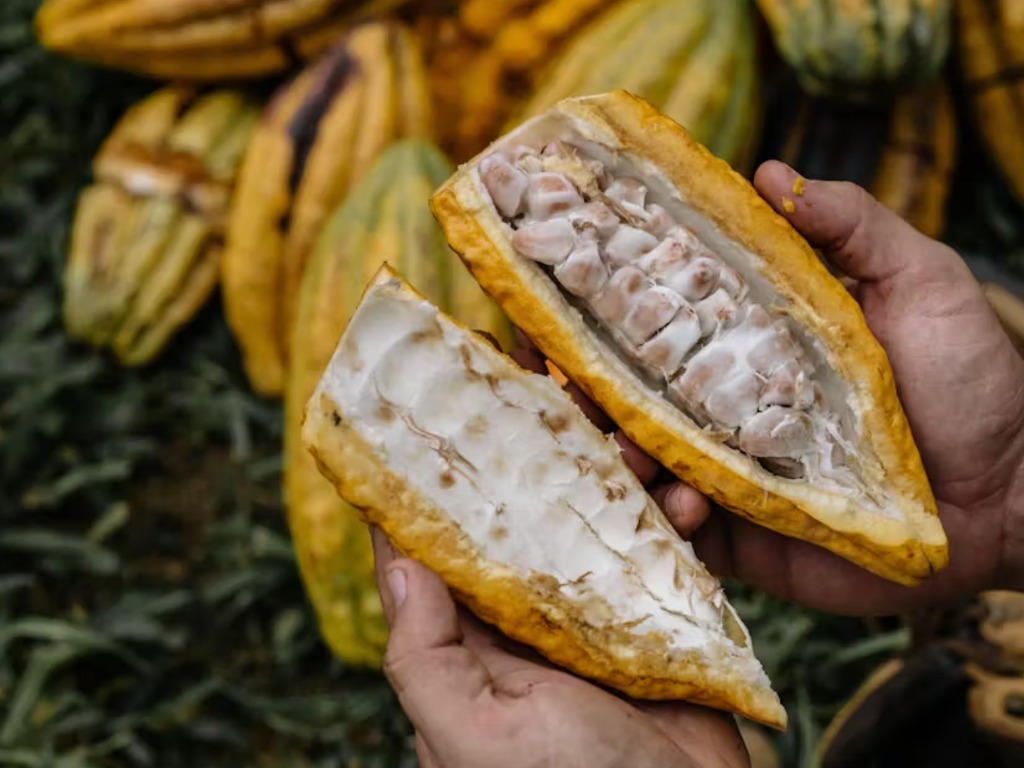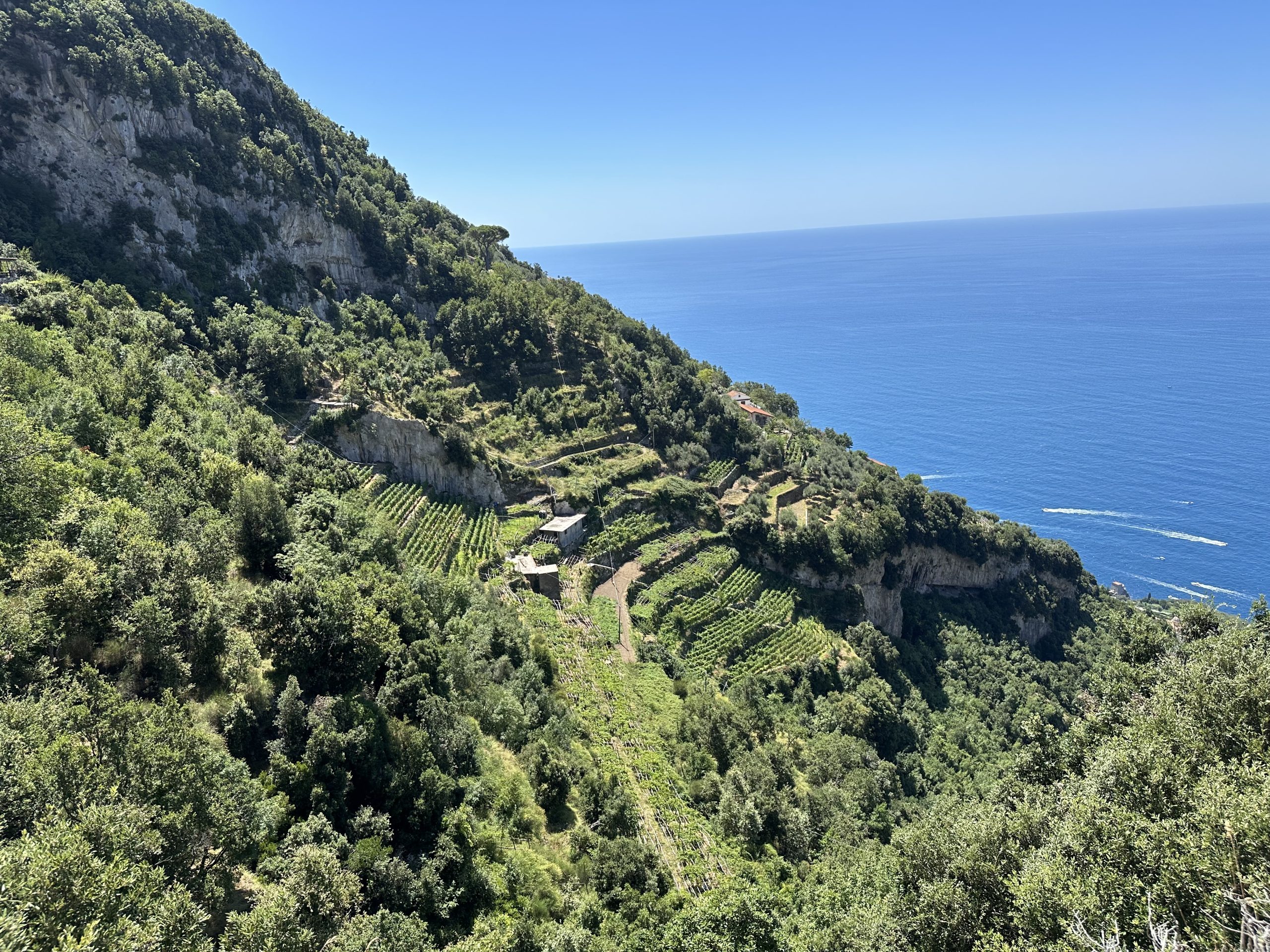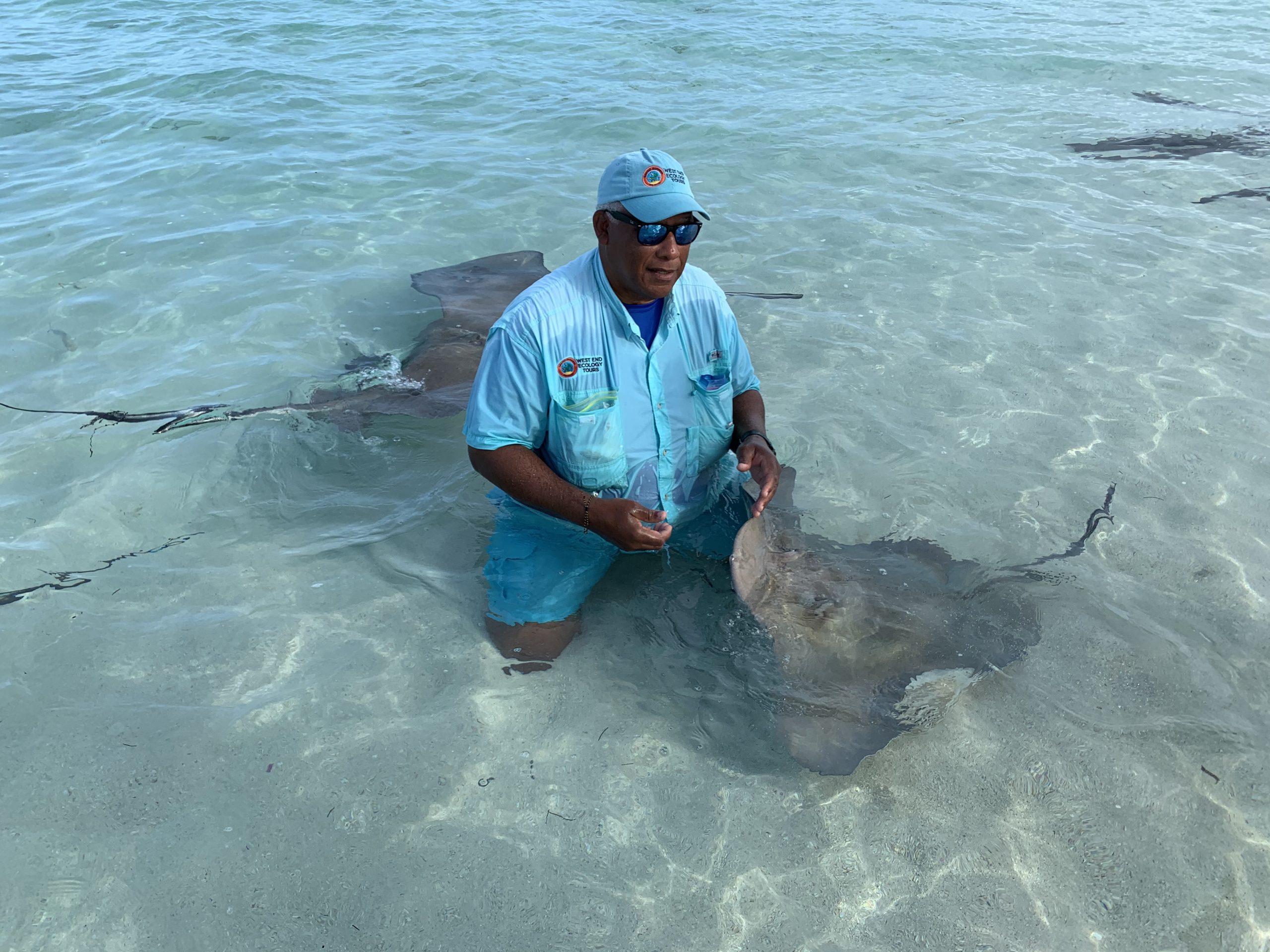
Beyond the Blue Hole: Exploring Ambergris Caye, Belize
Forget what you saw in Steven Spielberg’s cult thriller Jaws. Just because you’re going to a place with a daunting name like Shark Ray Alley doesn’t mean you shouldn’t get into the water upon arrival. Even though there will be sharks…lots of sharks.
After an unforgettable time spotting stingrays, turtles and all kinds of tropical fish while snorkelling along a reef off the coast of Ambergris Caye, we arrived at our next destination — Shark Ray Alley — classified as Zone D of the Hol Chan Marine Reserve. “You can go in if you dare,” my guide from Xsite Belize Sailing & Adventures said with a mischievous smile, gearing up to follow me in.
“Aren’t these nurse sharks?” I asked. “I heard they’re docile creatures,” I stated confidently — more so to reassure myself. From the surface I could only see a few nurse sharks circling around the catamaran but after jumping into the water everything truly came to life.
Through my goggles, I could see dozens of nurse sharks and hundreds of fish swimming around me.
“It’s very safe. The crew guides you while you are here. We do it every day,” reassured Tammy Lemus, the owner of Xsite Belize Sailing & Adventures. They may be dubbed harmless, but as I made eye contact with several of these creatures that average 7.5-9 ft. in length up close, I still felt a bit of a lump forming in my throat.
“Shark Ray Alley, part of the Hol Chan Marine Reserve, became famous in the 1990s. Historically, this 1,280-acre protected region is where local fishermen cleaned their catches, attracting a variety of marine life, particularly nurse sharks and southern stingrays,” said Anthony Mahler, Belize’s minister of tourism and diaspora relations. “Over time, these animals grew accustomed to the presence of humans and began to frequent the area, creating a unique opportunity for close encounters.”


Hanging around Ambergris Caye
While Ambergris Caye is often thought of as an ideal spot for day trips to the Blue Hole, there’s so much more to see and experience on this laidback island. Here, part of the charm is getting around in a golf cart, the primary mode of transportation.
The destination offers the perfect mix of a relaxed beach getaway with nightlife and delicious dining.
To get a taste of some of the best dishes in San Pedro Town, embark on a walking foodie tour with Belize Food Tours. Take the tour early on in your visit so you gain a list of delicious places you can come back to during your stay.
The stops are very diverse from Elvi’s Kitchen, a popular tourist spot named after Elvi Staines, which has flourished from humble beginnings as a take-out stand for burgers in 1974, to off-the-beaten path places serving up delicious fresh ceviche and Pupuseria Salvadoreno, an authentic spot for Salvadorian pupusas.
Two ways to stay
GRAND CARIBE BELIZE
As you pull into the hotel area, a road sign reads Welcome to Caribeville, Population: happy. This sets the tone for Grand Caribe Belize, a beachfront property with six pools and a swim up bar offering luxury, condo-style accommodations.
As suites come complete with kitchens, this is a great option for long stays. The hotel is within walking distance to the Truck Stop, an outdoor eatery with food trucks and a great vibe. A tasty onsite option is the rooftop Rain restaurant. For breakfast, we recommend trying the Belizean specialty known as fry jacks as a side.



ALAIA BELIZE
For the ultimate in luxury, Alaia Belize is the first true four-diamond resort on the island. The boutique resort opened in 2021 and spans over 20 acres with 155 luxurious guest rooms and suites, including two and three-bedroom villas.
For those who like to dive, Alaia Belize allows guests to receive a PADI certification onsite. The resort boasts the country’s first-ever suspended rooftop pool and lounge. The property is part of Marriott’s Autograph Collection.



This story first appeared in the Summer 2024 issue of OFFSHORE. To subscribe to the print magazine, click here.
























